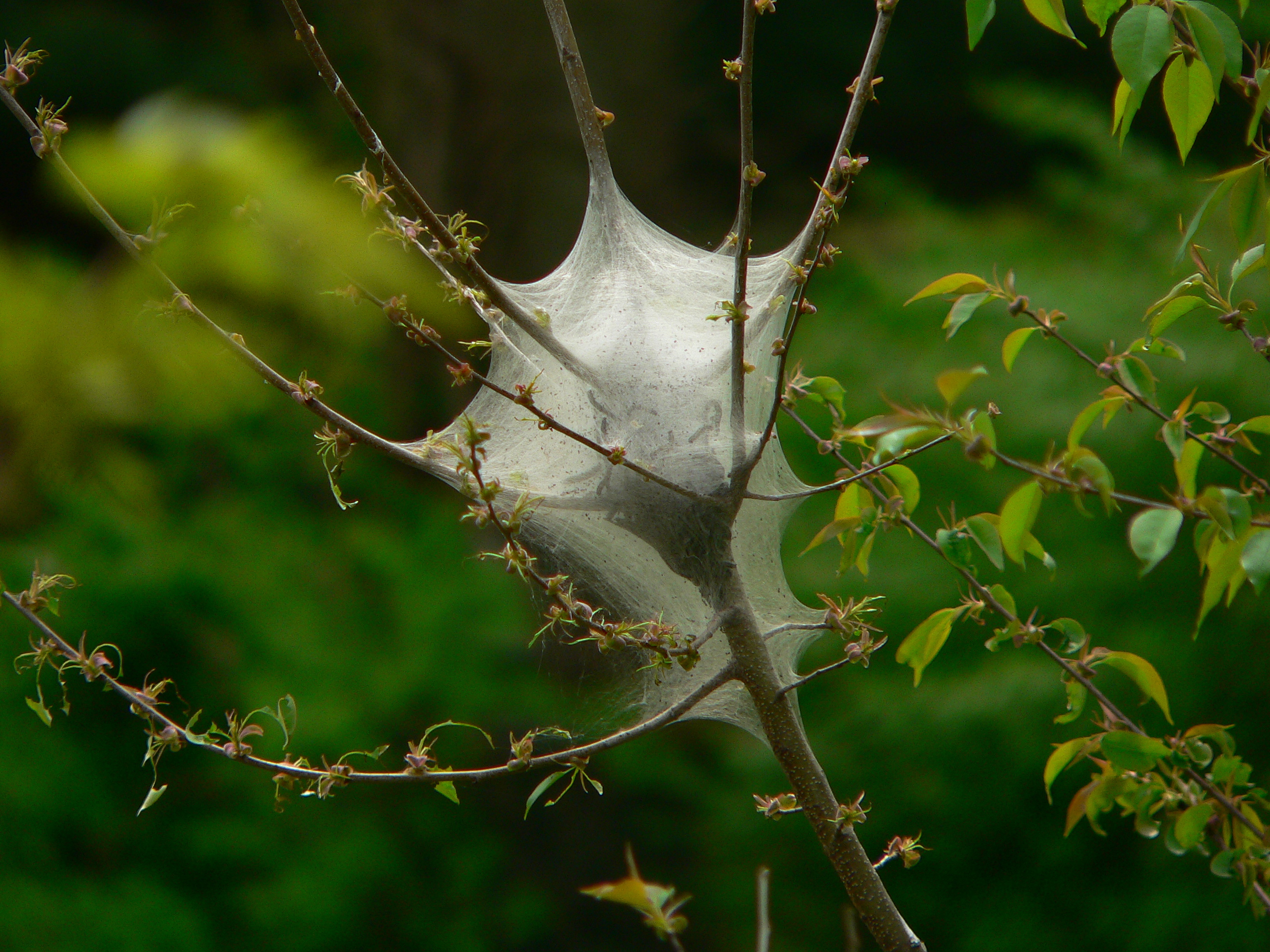Void, because it works really well on my super low-resource chromebook!
That's what my house says too lol
I imagine so about the staining, isn't that yet another thing people do with whole wlanuts? Worth it though lol!
That sounds amazing!! I have to try this.
That sounds amazing! I wish other nut butters were more readily available where I'm at. At best, you can usually find sunflower and almond... Once I ordered sampler sizes of like 10 different ones from a specialty shop, the macadamia was ludicrously good.
Maybe a dual extrusion printer, to do the fine parts in a small nozzle and the rest in a big one? I've tried using TPU and flexy PHA for stamps and didn't get good ink transfer with them, although some people have. A rubber mat underneath is a great idea! Alternatively, lasering/CNCing rubber is not super difficult and works well for stamps. This is a neat project, can't wait to see it!
Wow, I never knew that phenomenon had a name! It's really cool!! If your plan works, will you post a picture of it somewhere? Also would you mind if I tried it in my library makerspace, think they'd really like that.
Mostly banging my head against the wall trying to learn nalbinding, and then giving up on that (for now) and tatting instead lol. Got some AMAZING hand-dyed cordonnet from @yarnplayer@mastodon.social to work with. I'm gonn try celtic tatting it into something simple with lots of split rings and no picots.
While i definitely agree, none of this is a deal breaker for me. What is a deal breaker is this: I am on my third Friendica account now because the first 2 instances both started struggling and then collapsed. The one I'm on now is suddenly running very slow, just like the first 2 before the end. It seems to me like maybe they're kinda hard to run?
I thought alllllll the trans people I ever knew about, just kinda luckily happened to be born looking that way? Nobody ever told me about like... transition stuff, hormones, etc lolll
Agreed, thank you admins!!!







 Well, this exact same structure can be created in reverse through a form (darning) of ply-spit braiding! Yarns that are already plied have their plies separated by a special tool, and a weft thread is fed through, connecting one to the next:
Well, this exact same structure can be created in reverse through a form (darning) of ply-spit braiding! Yarns that are already plied have their plies separated by a special tool, and a weft thread is fed through, connecting one to the next:

Does Manyfold support SVGs/etc? It seems awesome but it might be self-host only, not sure there are any public instances.